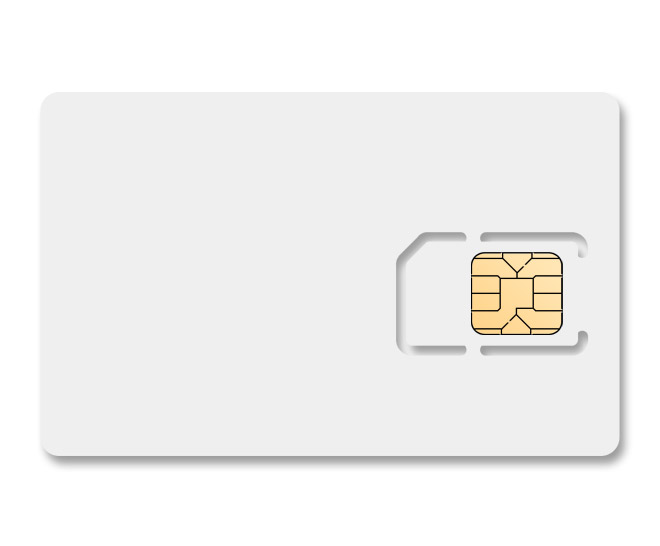Fall is usually viewed as harvest season, where the crops grown over summer are brought in and stored for winter. Some things still grow in the fall, though: artichokes, for example. Cranberries and pumpkins. In the payment news cycle this week, comes word of some additional growth: Namely that of “smart cards.”
 Pymnts.com notes that “the global smart card industry… is expected to grow at a compound annual growth rate (CAGR) of 8 percent through 2020.” Technavio, the chip-maker who undertook the report, observes that “recent years have witnessed a rapid increase in the shift towards the usage of cards as digital money, which will encourage vendors to increase their investments in EMV technology to provide merchants and consumers a secure channel while processing payments through card transactions. Analysts estimate that the transaction volume through card payments will account to more than USD 28 trillion by the end of the forecast period.”
Pymnts.com notes that “the global smart card industry… is expected to grow at a compound annual growth rate (CAGR) of 8 percent through 2020.” Technavio, the chip-maker who undertook the report, observes that “recent years have witnessed a rapid increase in the shift towards the usage of cards as digital money, which will encourage vendors to increase their investments in EMV technology to provide merchants and consumers a secure channel while processing payments through card transactions. Analysts estimate that the transaction volume through card payments will account to more than USD 28 trillion by the end of the forecast period.”
At the same time, “less than half of merchants that accept credit cards have adopted terminals that allow customers to use chip-based cards as the first anniversary of the deadline to do so approaches.”
That deadline, by the way, is October 1st. And according to the cited study from the Strawhecker Group, only 44 percent of merchants even have EMV terminals, but more startlingly “only 29 percent have actually activated those terminals.”
So perhaps it isn’t strictly “resistance” to the EMV switchover that’s growing, but rather, it’s the gulf between EMV-ready merchants, and the numbers of smart cards that are out there.
According to an overview of the article in the Orlando Sentinel, however, “Jared Drieling of Strawhecker Group said the delay in activation has to do with ‘EMV terminal vendor supply.’ Basically, the companies that build the terminals can’t keep up with demand.”
 But it’s good that the demand is there, given Technavio’s anticipated flood of smart cards. And it should be noted that for the purposes of their study, while all EMV cards are “smart cards,” not all smart cards are EMVs. They may all have chips, but Technavio also included “initiatives taken by governments of different countries, such as China’s national ID project for the adoption of smart card technology in applications such as e-passports, voter IDs, and driving licenses. The market is expected to grow gradually during the forecast period due to the implementation of this technology by an increasing number of developing countries.”
But it’s good that the demand is there, given Technavio’s anticipated flood of smart cards. And it should be noted that for the purposes of their study, while all EMV cards are “smart cards,” not all smart cards are EMVs. They may all have chips, but Technavio also included “initiatives taken by governments of different countries, such as China’s national ID project for the adoption of smart card technology in applications such as e-passports, voter IDs, and driving licenses. The market is expected to grow gradually during the forecast period due to the implementation of this technology by an increasing number of developing countries.”
On the payment side, in addition to EMVs that also meant NFC, or “near field” chipped cards as well, enabling wireless communication between a POS terminal and the card itself. “These contactless transactions,” according to the chip maker, “are much faster than paying cash and also reduce the time spent at POS terminals by almost 70%. As a result, the demand for such systems will increase in the coming years, as users find it fast and easy to make payments.”
With more chips in your future, and in the futures of all your customers, make sure you’re as updated, upgraded — and tech supported — as possible. Contact your AVPS rep, and we can help put you in an even “chipper” mood for fall (or any other time!)
See you in a week — when that EMV anniversary rolls around.








